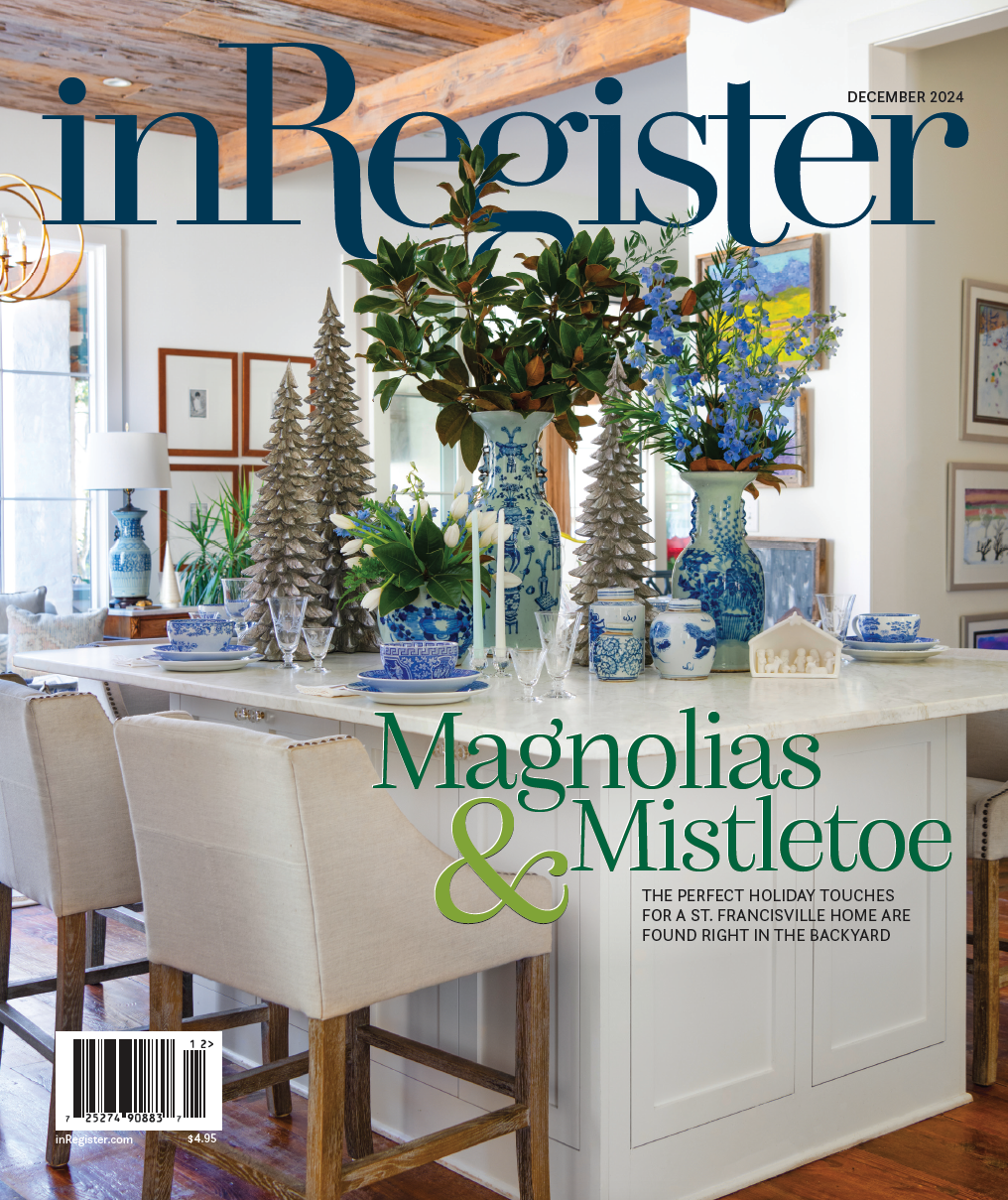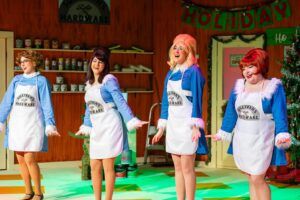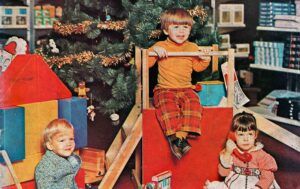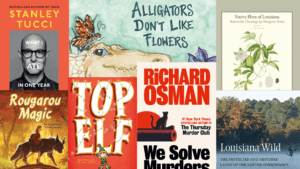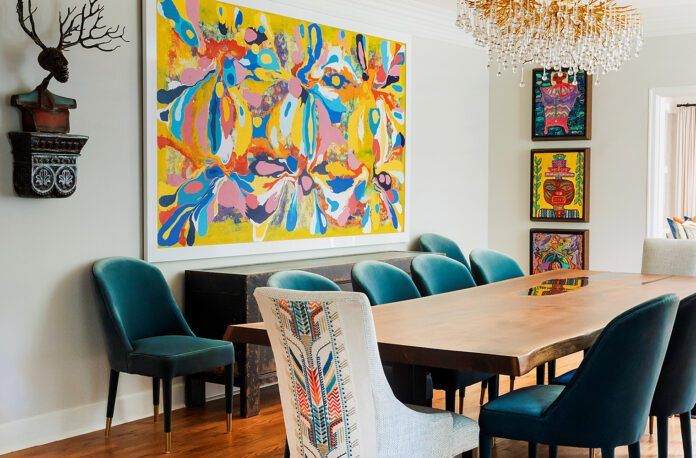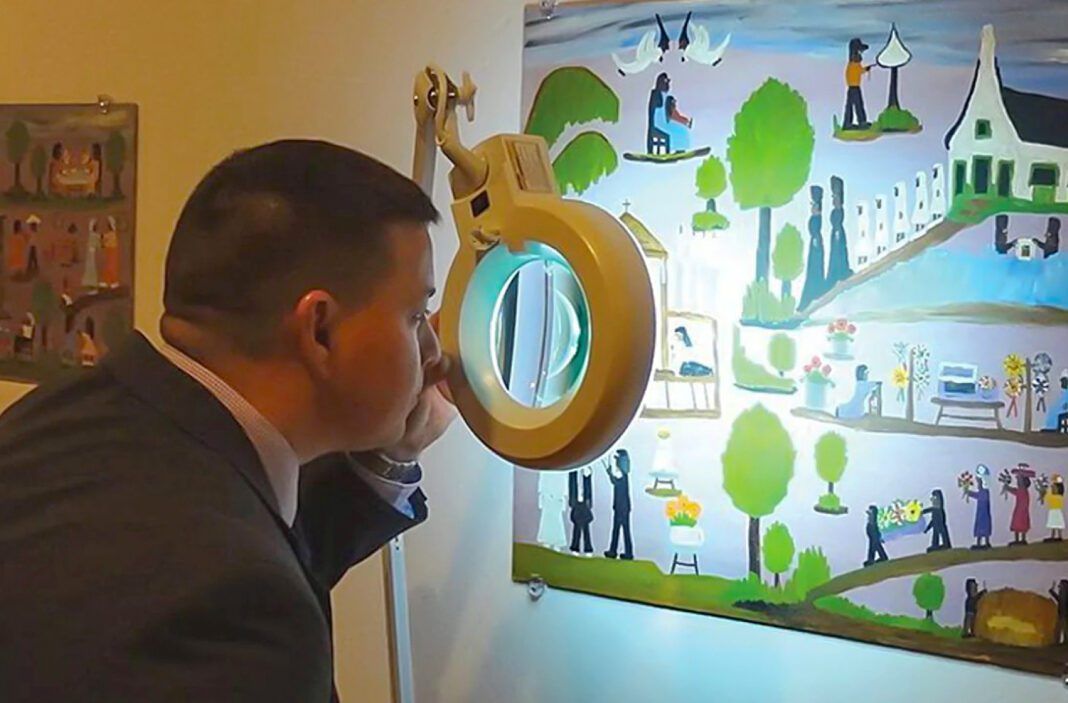
For Real: A closer look cracks the case of a longtime Clementine Hunter forger
Beauty is in the eye of the beholder, and art is worth what someone is willing to pay for it.
But when the story that sells a piece of art is built on lies—well, that’s illegal.
After discussing their suspicions with a friend, an unnamed victim filed a complaint with a local FBI office, which sparked an investigation into whether hundreds of Clementine Hunter paintings sold throughout the 1990s and 2000s were forgeries. The curious conspiracy that William and Beryl Toye of Baton Rouge and Robert Lucky, longtime Louisiana art dealer, plead guilty to in 2011 has developed what the New York Times called a “cultish fascination” among journalists and art collectors around the world. Some call it the case that legitimized folk art. Retired FBI special agent Randolph “Randy” Deaton calls it the case of his career.
There are countless tales about renowned Louisiana folk artist Clementine Hunter. Born between 1886 and 1887, she became known for her vibrant and expressive paintings of Southern life—celebrations, baptisms, funerals, cotton picking and nights at the juke joint. In her 50s, she began what would become a prolific career after getting permission to use painting supplies left by a guest at Melrose Plantation, where she lived and worked for most of her life. By the 1970s, she was well-known throughout the region and had gained the attention of folk art enthusiasts from around the country.
With all that notoriety came the inevitable: forgeries. In 1974, the New Orleans Police Department investigated William Toye for allegedly selling forgeries of Hunter’s work, though formal charges were never filed. In 1996, the FBI office in Baton Rouge included William Toye in their investigation of forged Matisse and Degas paintings sold at the Louisiana Auction Exchange in Baton Rouge. However, once again, no charges were filed.
The news attention came and went, but a couple of local art collectors took note. Oddly, the Louisiana Art Exchange scandal occurred around the same time that hundreds of new Hunter paintings hit the market years after her death. Some of the “newly discovered” works included never-before-seen “tableaus,” and Lucky, a Natchitoches art dealer, seemed to have an endless supply of them.


While several buyers had their suspicions, and some even confronted Lucky, without a catalog raisonné for Hunter, it was impossible to prove they were forgeries. That process would take another couple of decades, several comprehensive lab analyses and the unrelenting effort of special agent Deaton, who took on the case as his first art crime investigation. He credits the victims who stepped forward and worked with the FBI for the success of the case.
“Some people did not want to get involved, but that only perpetuates art crimes like fraud and forgeries,” he says. Not only were these victims willing to loan pieces from their collections, but they could name the forger, too.
“There were victims who knew of William Toye’s history. It was the witness victims who made the connection between this new set of Clementine Hunter forgeries that were coming out, which they said all had similar characteristics,” Deaton says. “So that is how William Toye became first identified as a suspect.”
During the course of the investigation, five laboratories, including Orion Analytical and the National Center for Preservation Technology and Training in Natchitoches, conducted comprehensive forensic analyses of suspected fakes and authentic Hunter paintings loaned to the FBI for study. The results revealed compacted dirt stains and fibrous remnants likely from a paper towel snagged by the jagged paint edges, a common technique used by forgers to artificially age artworks.
“Authenticators look at almost everything else before they look at the signature,” Deaton says. “And it’s often not what’s on the front of the painting but what’s on the back that reveals an artwork as a fake.”
Such was the case for William Toye, who admitted to using salvaged pieces of cheaply made furniture donated to a local Salvation Army as the canvas for many of the works. The “tableaus” measured the exact size of a full-length over-the-door mirror, Deaton says with a raised eyebrow.
“There was no smoking gun like a 20th-century paint on a 17th-century masterwork,” Deaton notes. “We weren’t that lucky.”
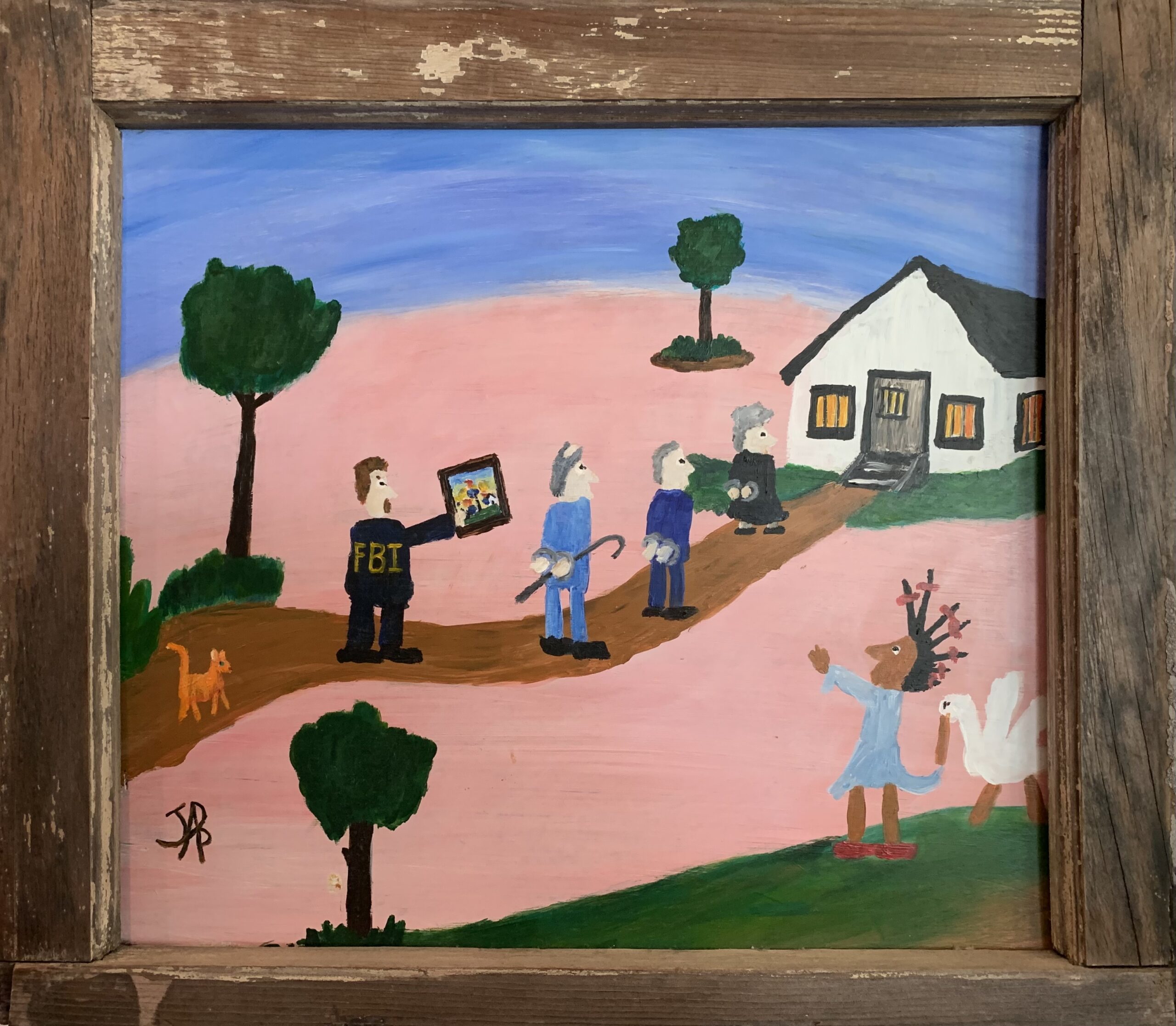
However, the lab analyses proved that the paintings were forgeries. “Jamie Martin with Orion Analytical at the time, he couldn’t say definitively that the forgeries were painted by William Toye’s hand, but he could say that these paintings were created in an environment where a lot of cat hair was present,” Deaton explains.
In September 2009, approximately 30 FBI agents arrived to execute a search warrant for the Kinglsey Drive home where William and Beryl Toye lived. While accounts of the raid vary greatly, there’s one thing everyone remembers about that day: the cats.
As his fellow agents logged paintings into evidence, animal control officers loaded up around two dozen cats from the property, and Deaton stood holding the door of William Toye’s Crown Victoria, listening carefully to his full confession.
“First, he lied and said that his wife created the forgeries,” Deaton says. “And then he changed his story, and he told me about using boards from the Salvation Army store and using dirt and water to rub on the paintings.”
In 2011, William and Beryl Toye pleaded guilty to charges of conspiracy to sell forged paintings, and Robert Lucky, Jr. pleaded guilty to mail fraud in connection with selling fake paintings.
Deaton went on to serve as the FBI’s top art crime expert, leading a team of over 20 agents stationed around the United States working on cultural property crimes, which encompass forgery, theft or fraud involving art, antiques and collectibles.
“To be on the world stage for the FBI, traveling abroad and representing the art crime team and FBI at events and meetings with law enforcement partners and foreign government partners abroad, I mean, for a guy from Port Allen, Louisiana, to be doing that,” he pauses. “It was pretty amazing to wear that hat.”
The Smithsonian Institution used the lab data collected during the investigation for an award-winning research project on art authentication after receiving a large donation of Hunter paintings.
“It was just a great case,” Deaton says. “It brought justice to so many people. It was historical for the state of Louisiana, and it helped, I hope, protect the legacy of great Louisiana and southern artists.”
Through October 23, the LSU Museum of Art exhibition Cherished: The Art of Clementine Hunter showcases over 40 objects drawn from the Graves family’s private collection and three LSU entities to provide a glimpse into the life of one of Louisiana’s most renowned artists. In conjunction with the exhibit, educator and public programs manager Callie Smith and LSU graduate student Sarah Nansubuga are conducting oral history interviews with members of Hunter’s family. The project aims to gather more details about Hunter’s personal life and relationships, which will eventually be cataloged in LSU’s T. Harry Williams Center for Oral History digital library.

